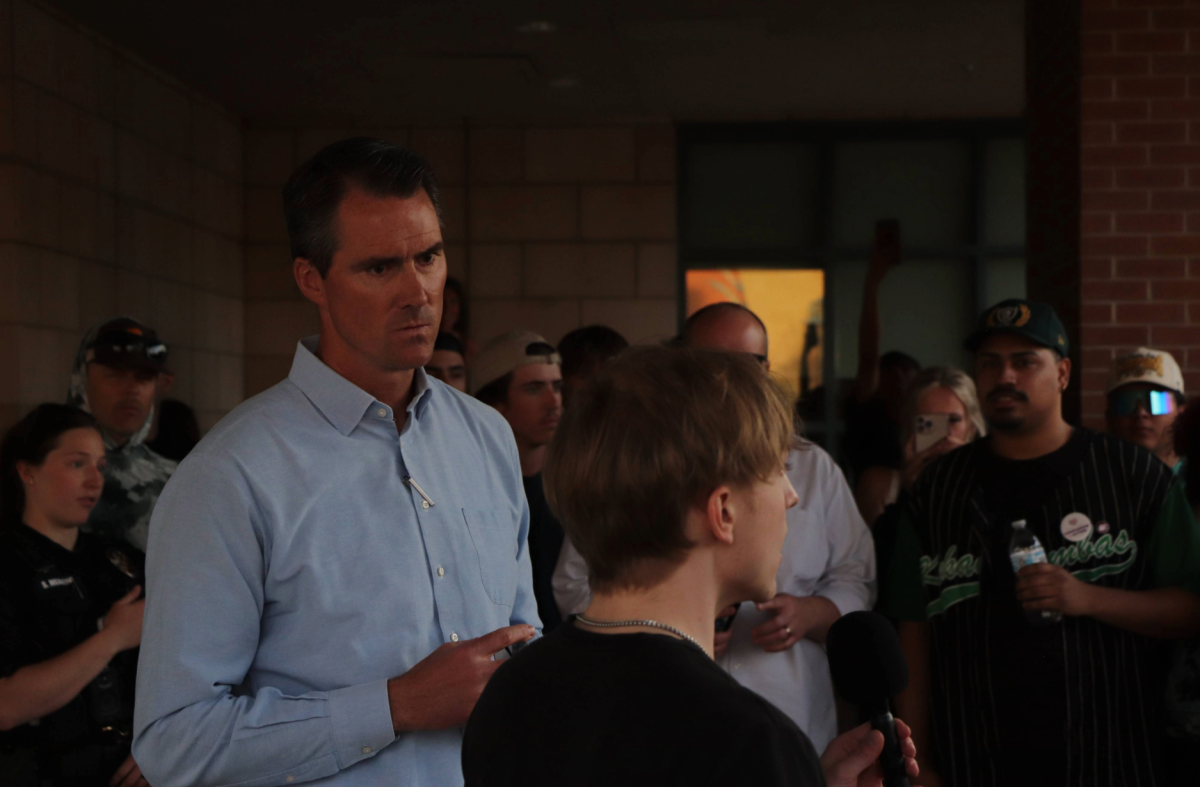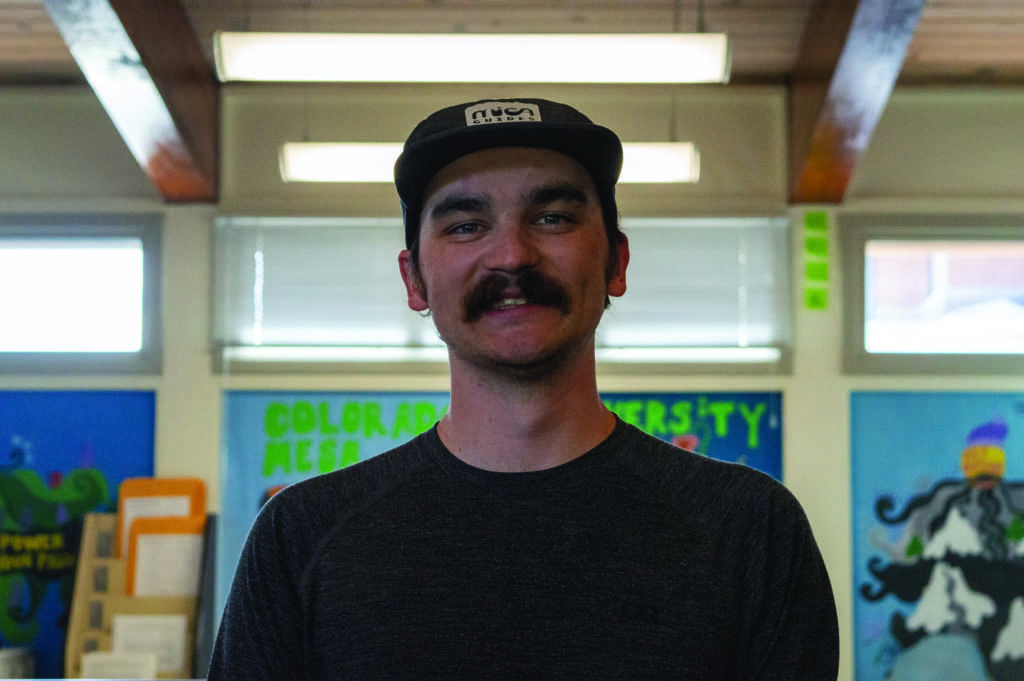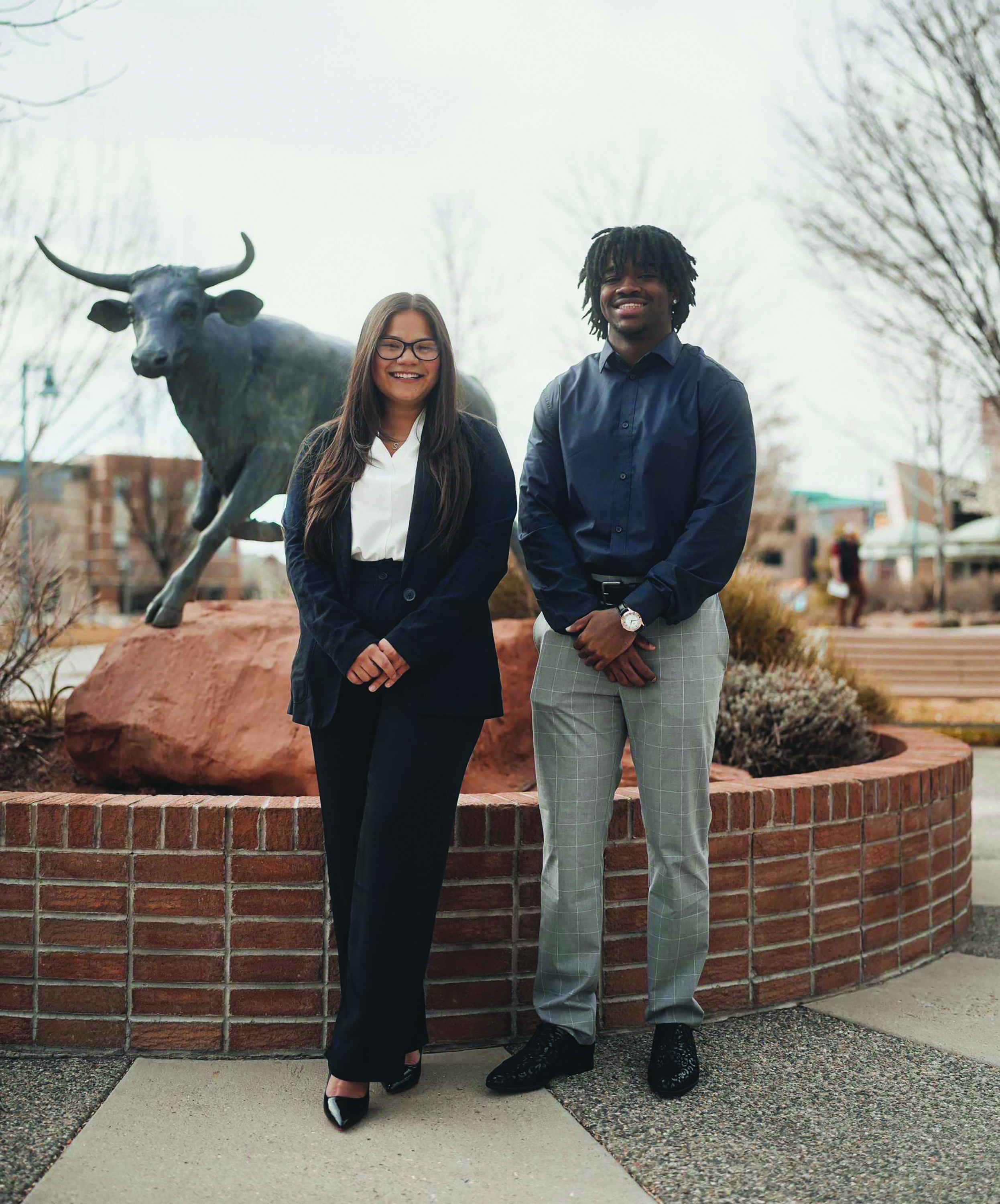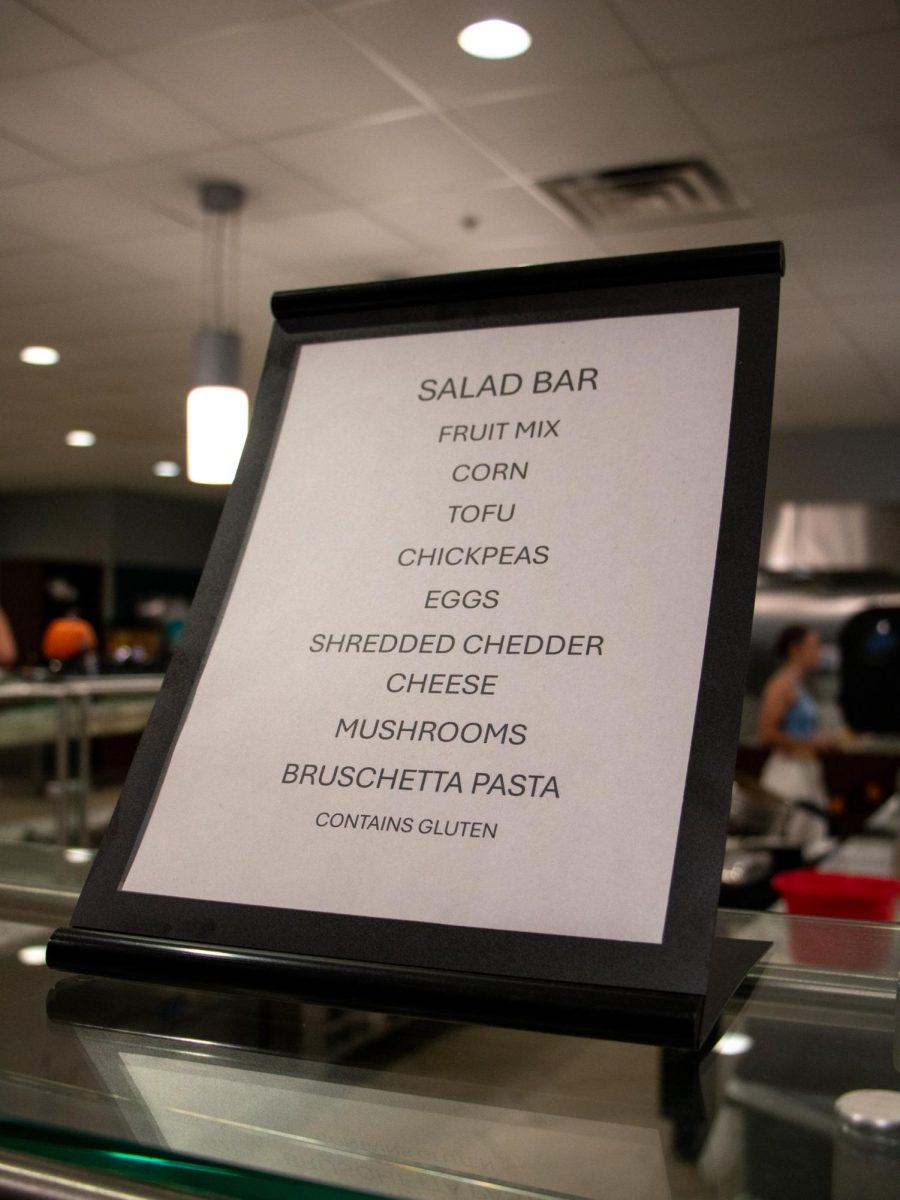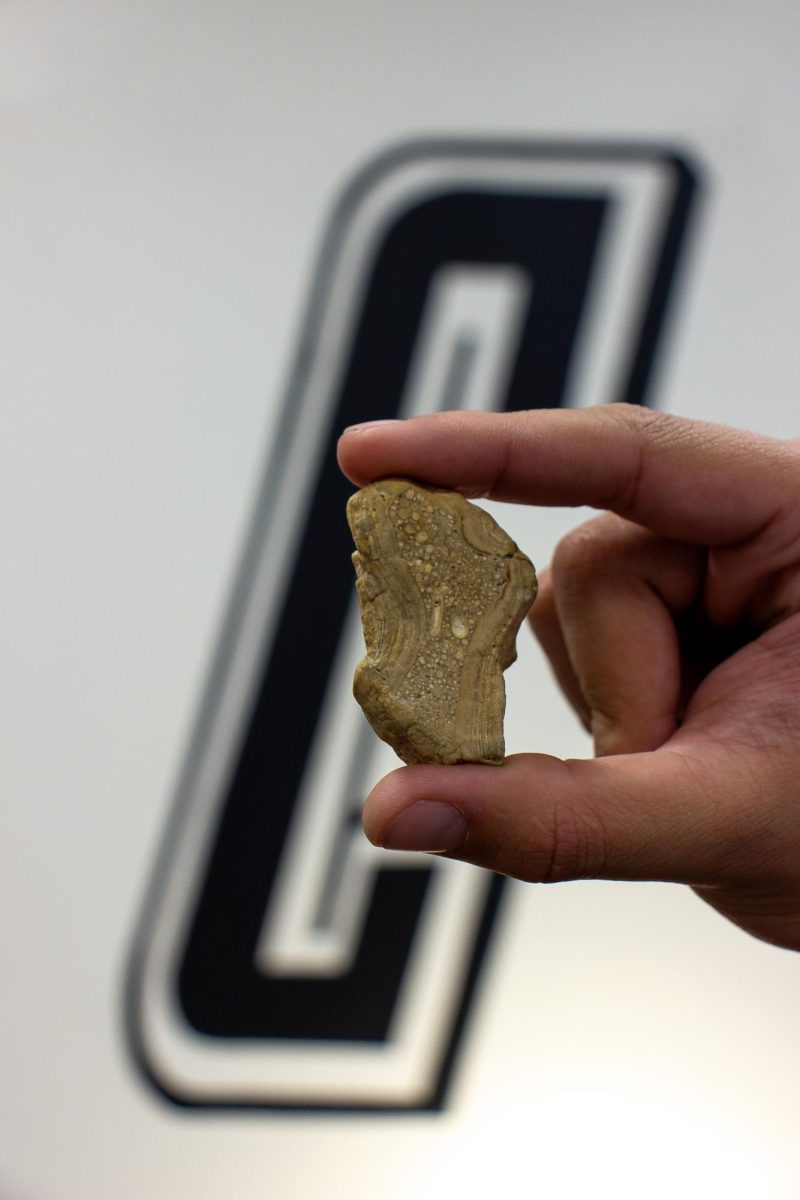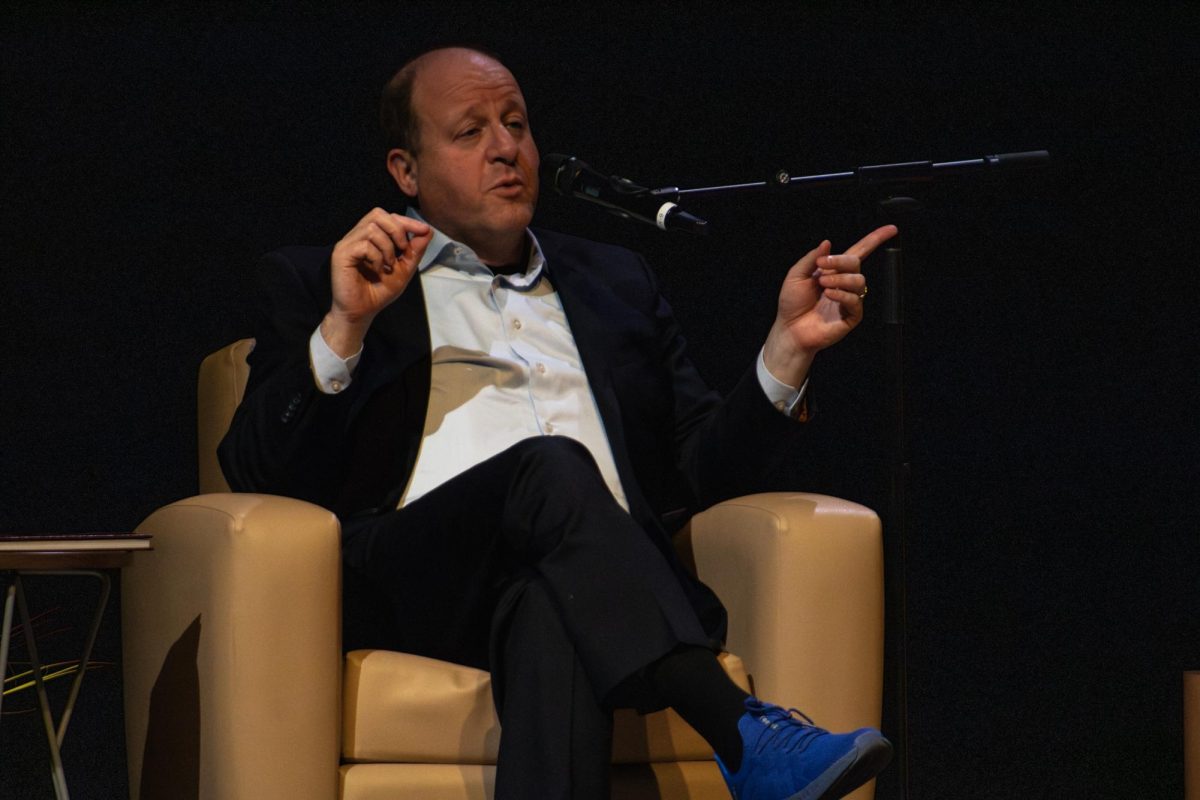Colorado Mesa University is home to an increasing number of international students and students of color. The university sees this spread of diversity as a benefit for the entire community and student body, and wants to see the population continue to grow in diversity.
“If you’re a student that’s coming in here,” Vice President of Student Services John Marshall said. “Having the opportunity to meet, correspond with, study with, live with students from a whole variety of cultures, backgrounds, races and ethnicities, we think is a better experience and helps add to the experience of the entire student body.”
Students come to CMU from all over the globe, for all sorts of reasons and this has sparked a growth in regard to race and ethnicity on campus. Looking at the numbers show how much the university has grown in the past decade or so.
In 2011, the percentage of students of color on campus was 20.1 percent, and by 2015 the number grew to 26 percent.
“If you back that up to, say, 2004, you know, 10 years ago, 12 years ago, 15 years ago, that number was, like, 12 percent,” Marshall said.
At that time, almost a third of students on campus were the first of their families to enter a college classroom.
“This campus has been diversifying at a rapid rate, which has been a really positive thing for us,” Marshall said.
The different cultural backgrounds on campus has been enhancing the university not just in population, but in a potentially positive experience for students as well, as indicated by the diversity clubs CMU has to offer.
In five years, the population of Hispanic students grew from 1,100 to over 1,500. In terms of international students, the number jumped up to 26 percent in 2016. In 2012, there were only 25 international students on campus.
“That number, I think, is well over 75 or 80 now,” Marshall said.
These students come from all over the world, but certain ethnicities are more well-represented at CMU than others. A large number of students come from Hawaiian or Polynesian backgrounds, but it is hard to pinpoint exactly where these students fall on the spectrum.
“Hawaii is a really diverse place,” Marshall said.
These students may identify as Asian, Hispanic, or even Native Pacific Islander, however, they are all arriving here from Hawaii.
“Overall, I think the change is being driven primarily by our Latino population, but it’s not just that, it’s across the spectrum,” Marshall said. “The campus has been changing quickly, and we really feel like that’s a positive thing.”

The growing size of the Latino population at CMU faces a potential threat that centers around the Deferred Action for Child Arrivals (DACA) immigration policy that will end, unless Congress overrides a previous decision made by U.S. President Donald Trump.
CMU continues to express support for all minority students, particularly those who are worried about how policy change in D.C. will affect their education.
“There’s really no good public policy argument for penalizing kids who, through no fault of their own, are here without documentation,” Marshall said.
There is no way of knowing which or how many students at CMU are specifically DACA students, or even undocumented. The university thinks that is less important compared the cultural awareness that is pouring into CMU.
While the DACA issue currently remains unresolved, CMU hopes to continue to grow its population in general, particularly diversity within that population.



